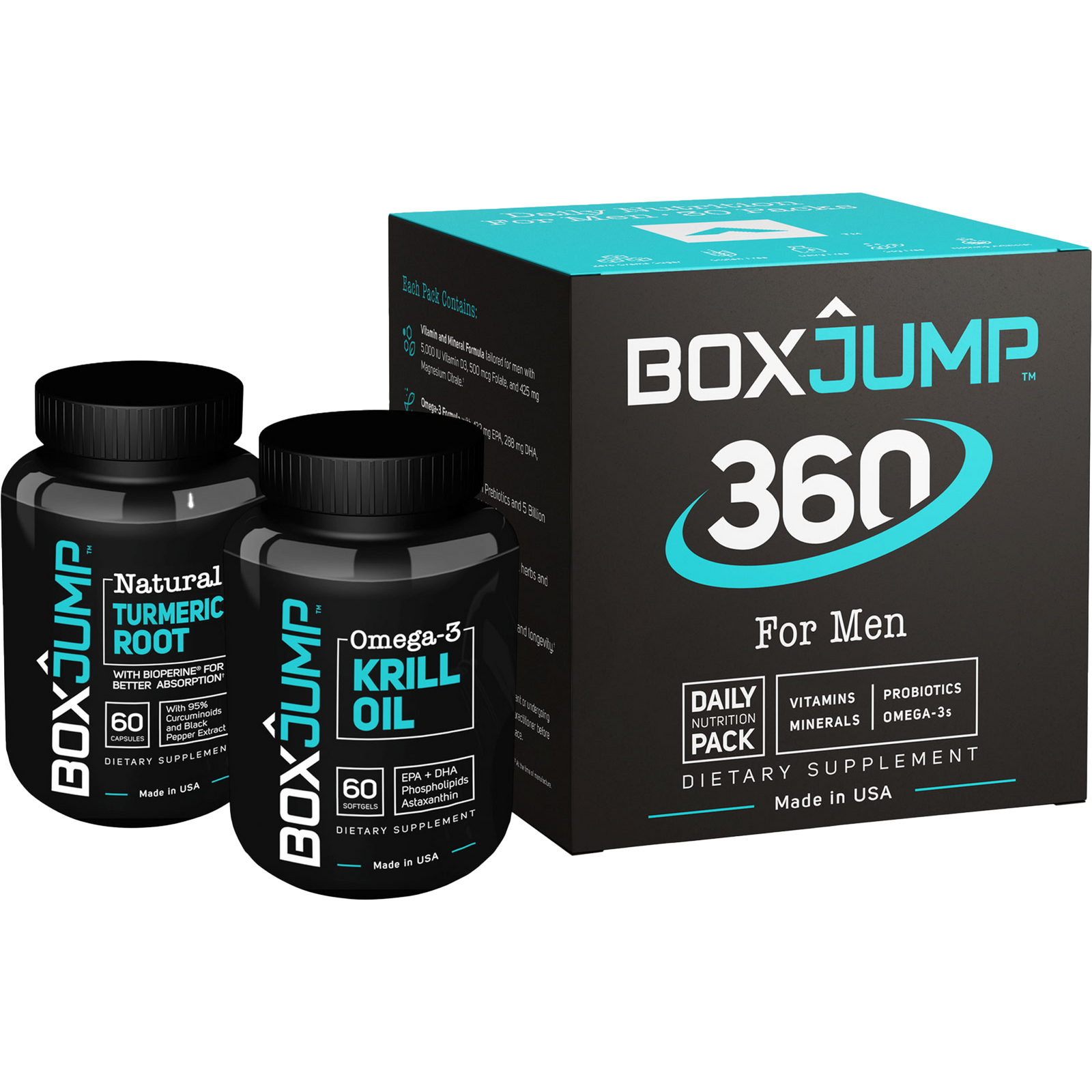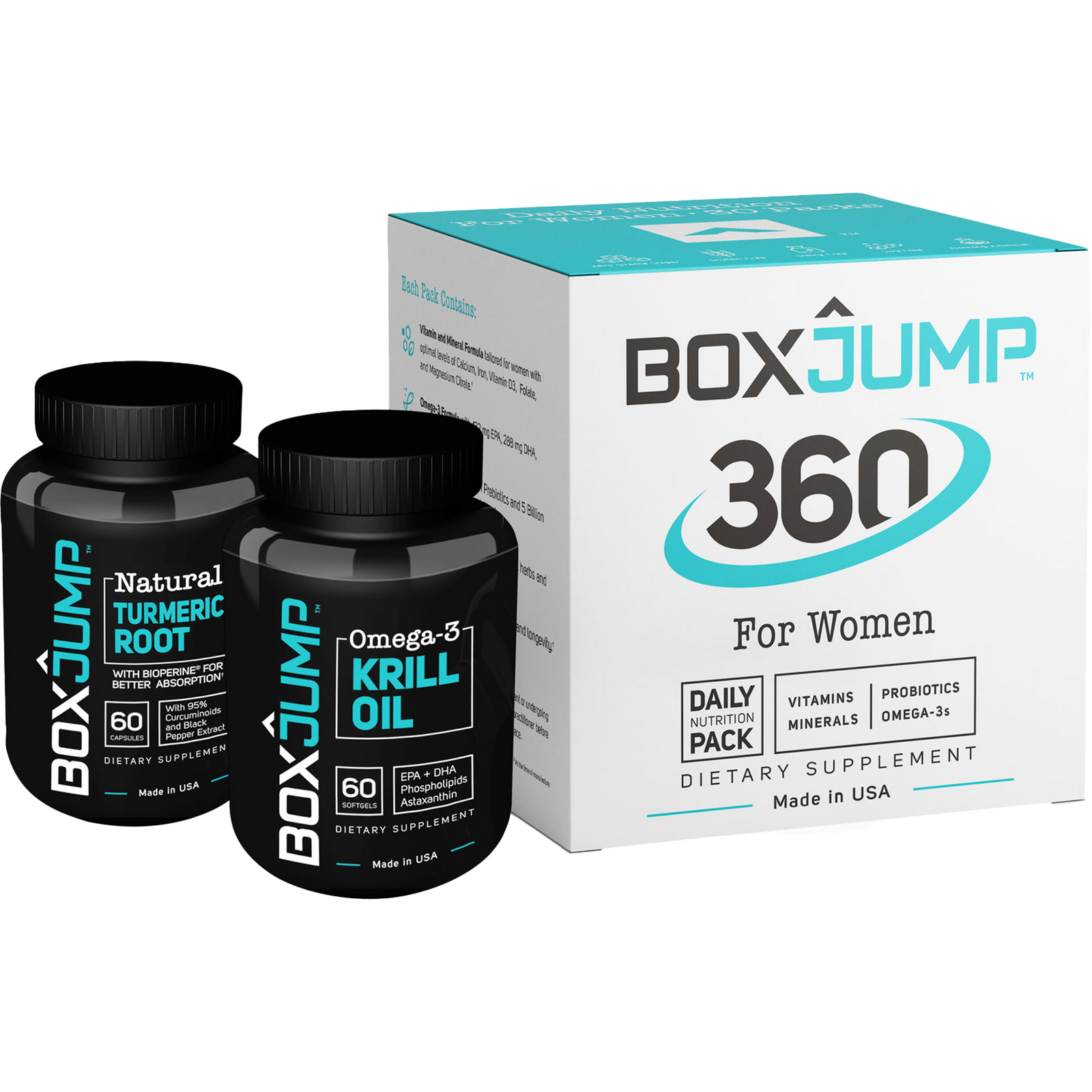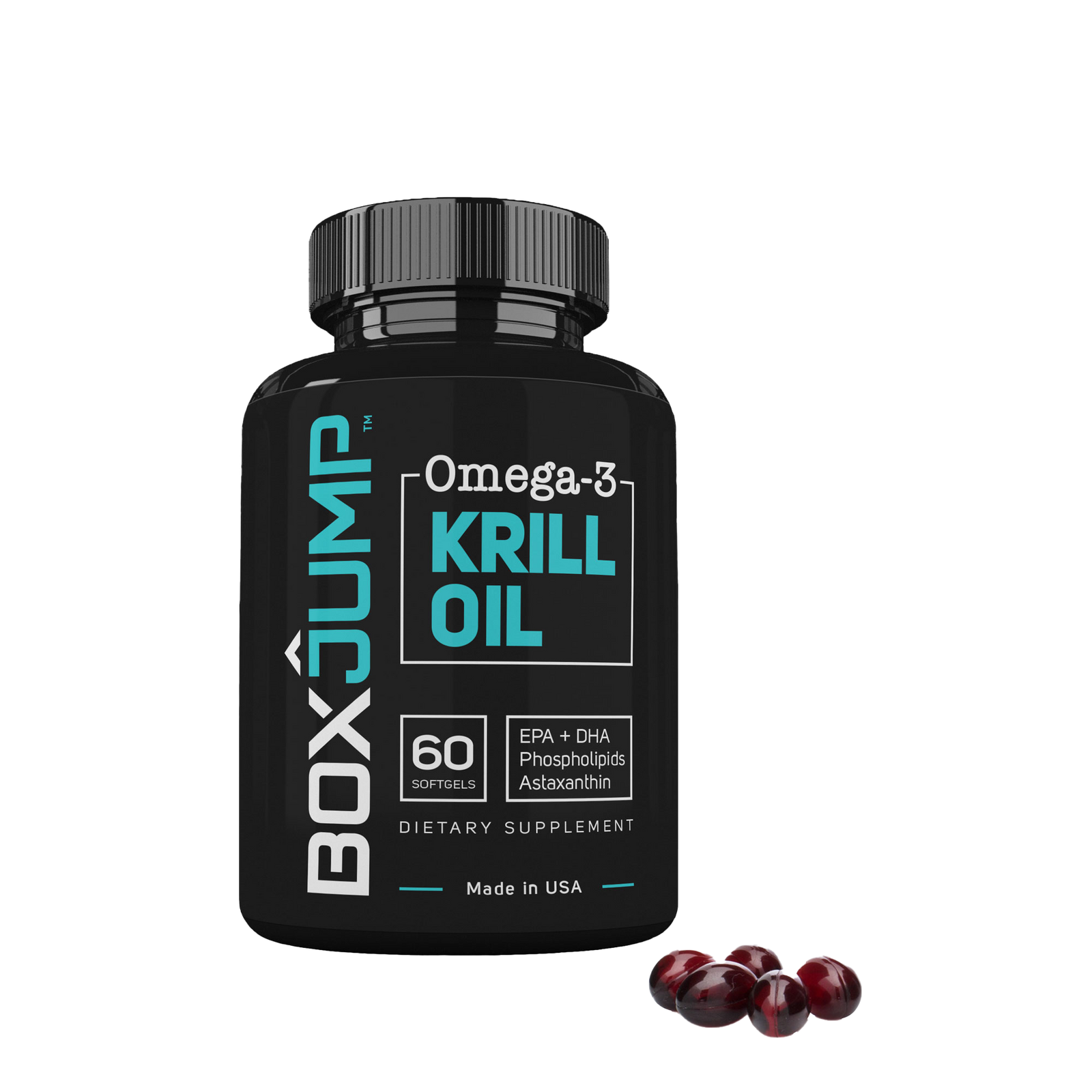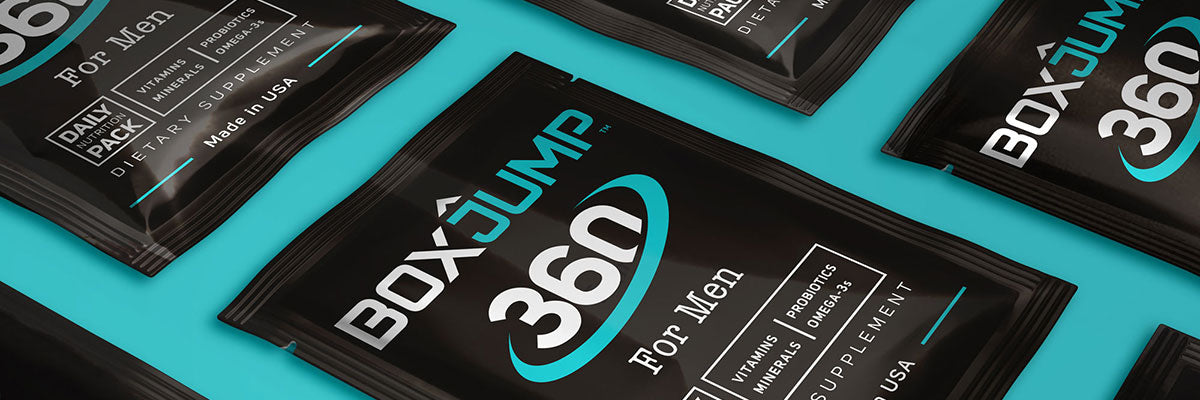First off, we love coconut oil. It tastes great. It can be used in place of other fats in cooking, either to change the flavor profile or to replace a less desirable ingredient. Although you shouldn’t get it as hot as other cooking oils, so don’t try frying an egg using the high heat setting on your stove. You can also use it in place of skin moisturizer or even hair conditioner. And it also tastes pretty good in coffee. Okay, you get it. We like coconut oil.
But the point of this blog is to provide a nutritional overview of coconut oil and its relationship to MCTs, as well as simply explain what these things are.
SPOILER: There is also a plot twist toward the end of the story.
So what is are MCTs you ask? MCTs are medium-chain triglycerides. Triglycerides are also referred to as fatty acids. There are medium and long-chain fatty acids. Chain length references the number of carbons chained together in a fatty acid. The medium-chain variety consists of 6 to 12 carbons. There are four MCTs: Caproic Acid (C6), Caprylic Acid (C8), Capric Acid (C10) and Lauric Acid (C12). And our friend Coconut Oil happens to be the richest natural source of MCTs.
The metabolic benefits of MCTs are what get bodybuilders, dieters and endurance athletes so excited. The shorter chain length makes it easier for your body to absorb MCTs and does not require the complicated digestive processes used to metabolize conventional fats. MCTs are transported directly from the small intestine to the liver. With little effort, the liver then turns some of the MCTs into ketone bodies, which our muscles can use for energy. Some MCTs are used for thermogenesis (i.e.: burned to create body heat), and the rest are converted to ATP, the energy currency of our bodies. In summary: MCTs = muscle, thermogenesis, and energy. Due to the liver’s efficient processing of MCTs, there is little to nothing left to be stored as fat.
In addition to the metabolic benefits, MCTs have been linked to many wellness benefits, including:
- Improved brain function, as well as evidence it may help combat Alzheimer’s
- Decreased bad cholesterol levels
- Improved immune system function, largely due to Lauric Acid (C12).
Which brings us to the interesting twist in this little story... Remember how I said that Coconut Oil is the richest source of MCTs? Coconut oil contains all four MCTs, with Lauric Acid (C12) being the most prevalent. Coconut Oil is also the richest available source of Lauric Acid. Lauric Acid is arguably the most beneficial of the MCTs due to its brain function and improved immune system benefits. Other MCTs don’t offer nearly the same level of benefits.
Here’s the kicker: for a premium, you can purchase pure MCT oil, which is touted as being better than coconut oil because all of the non-MCT fatty acids are removed during the manufacturing process. It’s all MCTs all the time. BUT, the manufacturing process removes almost all of the Lauric Acid because it is at the top of the carbon chain count. That’s right, if you spend the extra money on MCT oil instead of coconut oil, you may be depriving yourself of Lauric Acid.
This isn’t to say MCT oil is bad. It’s simply not better than coconut oil. In fact, it could be less beneficial.










